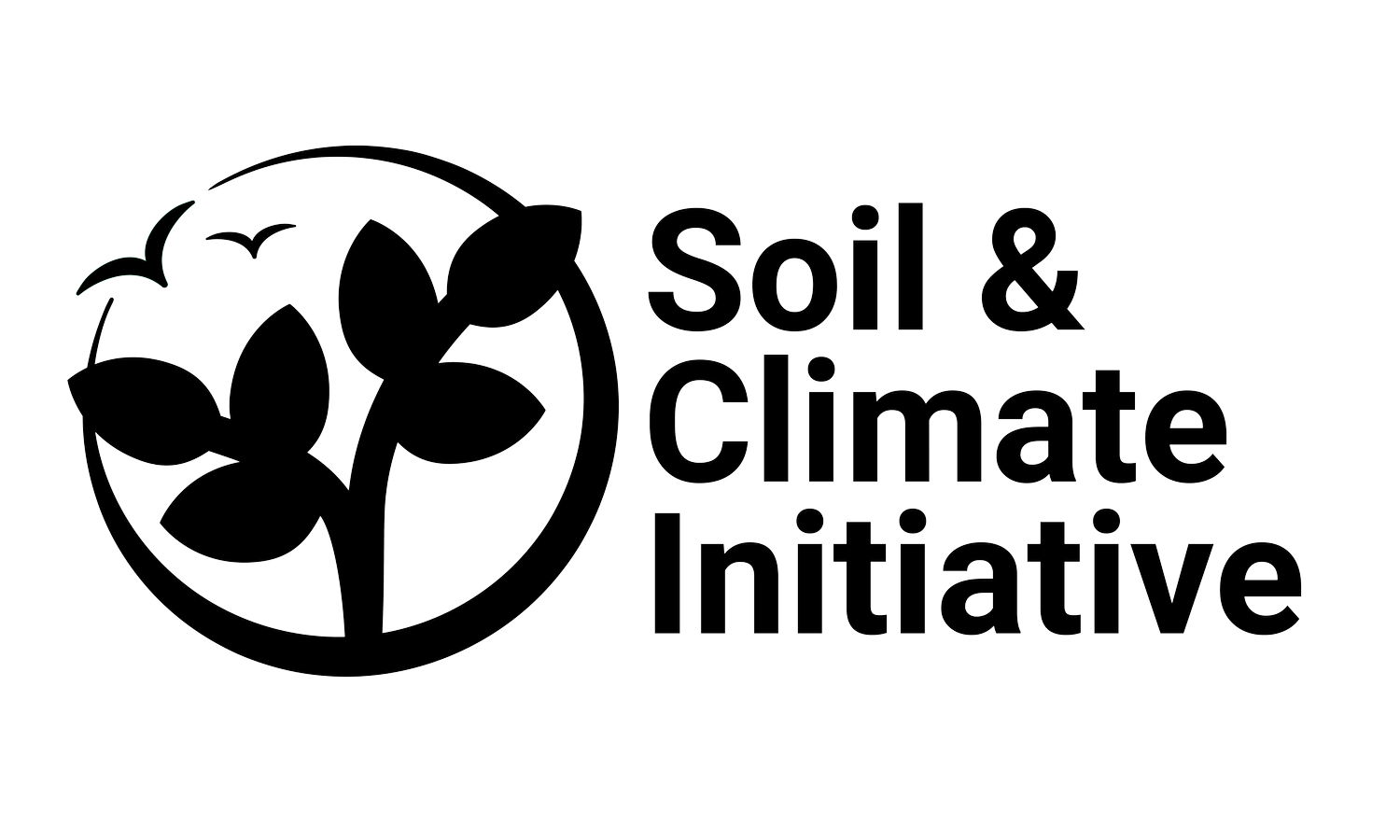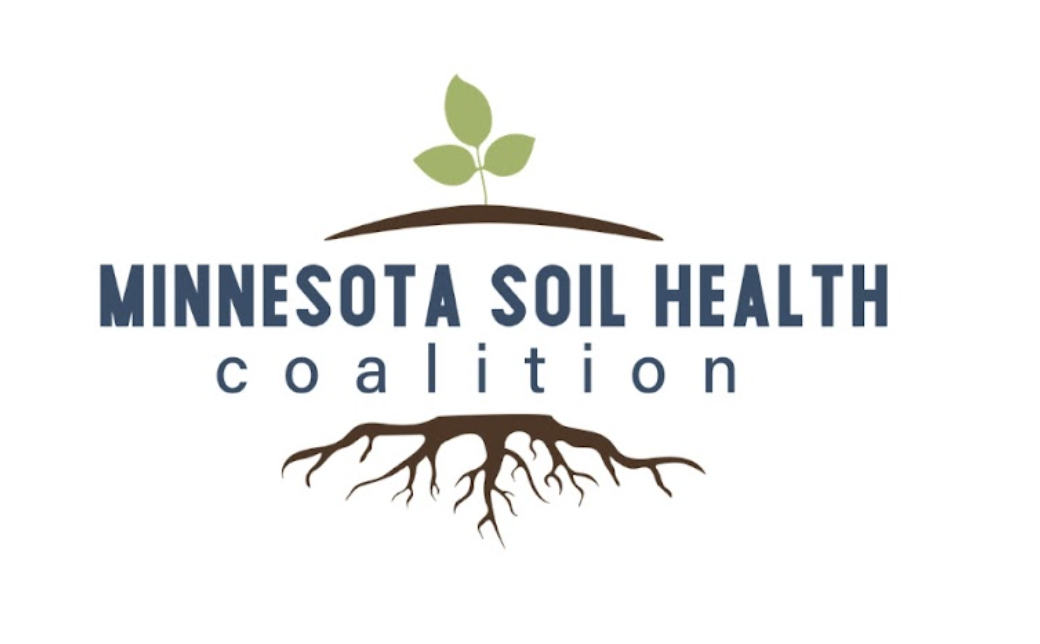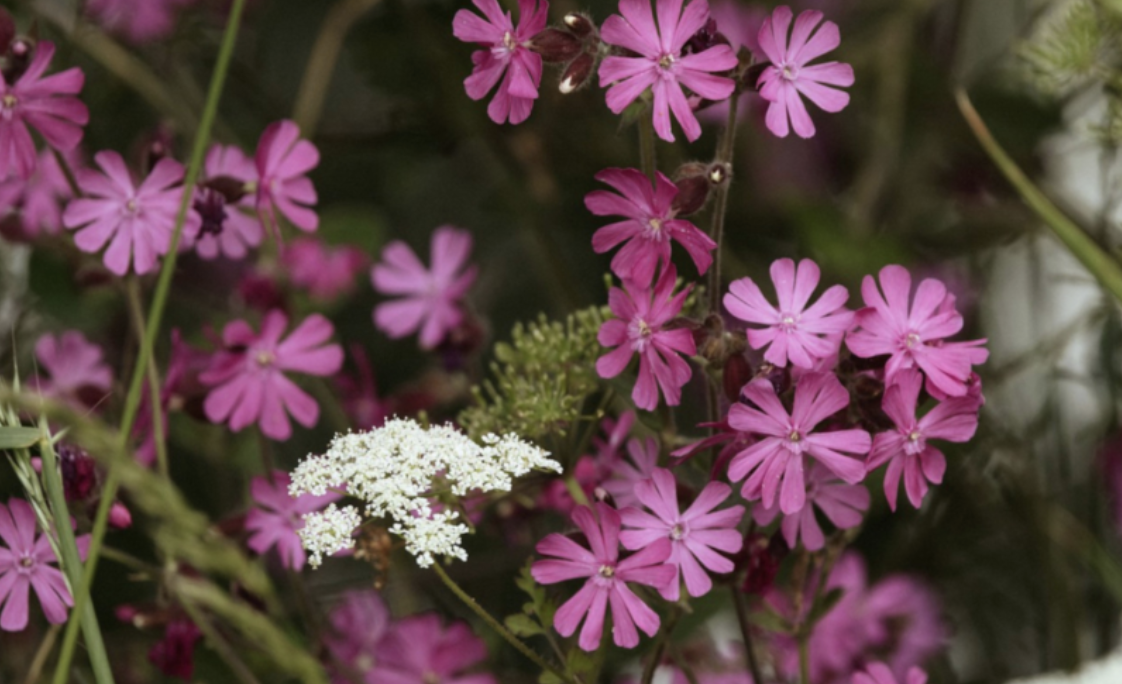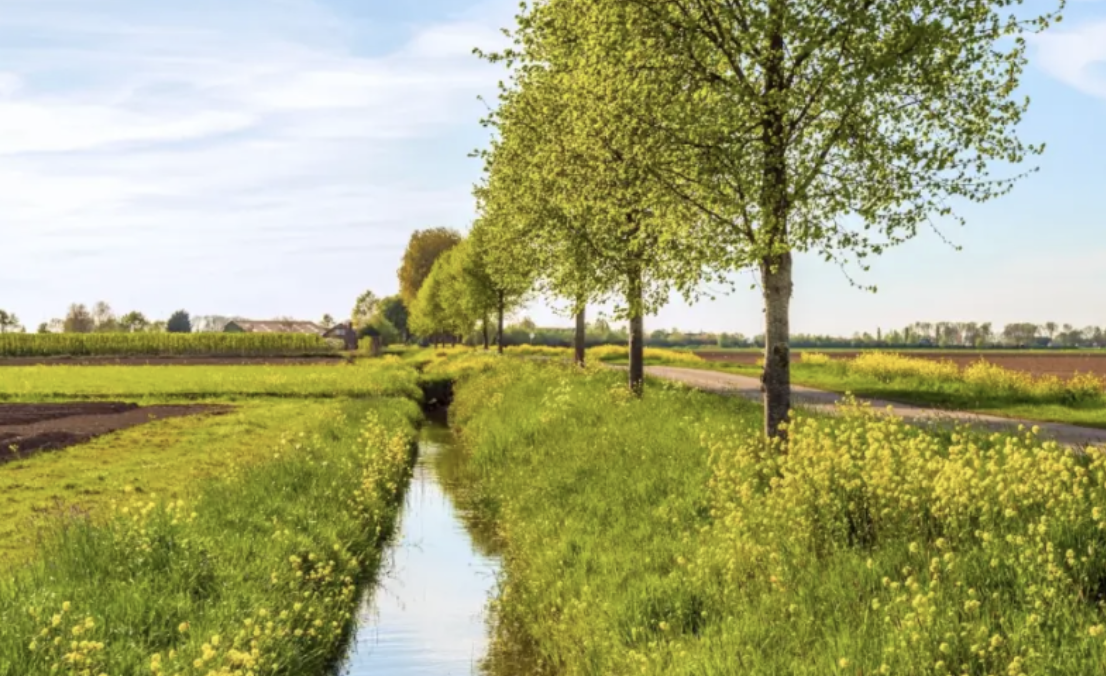Growing Connections: Building Farmer Networks and Markets Across Regions
(An excerpt from ‘The Dirt”: SCI’s Monthly Farmer Newsletter)
Hope you're staying safe if you're experiencing the brutal heat.
For this month I want to update you on SCI's work in several multi-state regions to build peer learning networks and markets.
Building markets has been a hard row. CPGs and consumers aren't moving fast, and corporations won't bear transition costs (largely, there are a few exceptions like Seven Sundays and other SCI brand partners). But we're making progress connecting small groups of farmers with buyers and securing philanthropic funds to underwrite program and verification costs.
SCI Regional Regenerative Transition Programs
Mississippi Delta: Growing cohort, processors, and funders coming together. Real momentum shown at the Soil & Climate Alliance panel in Atlanta last week.
Upper Midwest: Cohort growing, sunflower project with Seven Sundays is exciting. We're in year three of our buckwheat project with Pacha.
High Plains: Early work with wheat companies underway.
Regional networks are the best peer learning - farmers learning from other farmers who grow the same thing and farm in a similar place.
Plus, pooling regional acres gives us leverage as SCI engages with brands, processors, and supply chain partners seeking sustainable sourcing.
Learn more about each program here.
Farmers, don’t forget to join us for our monthly Office Hour on Thursdays at 4pm ET.
As always, don’t hesitate to reach out.
🌾 Taylor Herren, Senior Manager, Farm Transition Services
PROGRAM ANNOUCEMENTS
Reminder: Annual Field Tests
SCI Farmers, don't forget your annual soil assessments! These measurements are crucial not only for SCI program requirements but for tracking your soil health progress.
All enrolled farmers must complete field tests at your designated monitoring points:
Worm count
Water infiltration
Slake test
Penetrometer reading
Need Equipment? Purchase test kits from Rainfall Simulator or find individual tools like the soil compaction tester on Amazon.
UPCOMING EVENTS
2025 Premier Soil Health School
July 29 - 30 | Redwoods Falls, MN
Join SCI's Taylor Herren at this summer's Premier Soil Health School at Grant and Dawn Breitkreutz’s Farm in Redwood Falls, MN.
Featured speakers include:
Lance Gunderson, Founding member and President of Regen Ag Lab
Ray Archuleta, Renowned Soil Scientist
Rick Bieber, Successful No-till Farmer
Learn from experts on soil testing, nutrient cycling, biomimicry, epigenetics and more. This is an in-depth, hands on opportunity to deep dive into soil biology. Meet like-minded farmers and connect with a mentor!
Beyond the Yield
August 13-14 | Kearny, NE
Join the Beyond the Yield hosts—Soil Regen and Regen Ag Lab—as they take you through the full regenerative journey. From soil testing and practice implementation to marketing and making it all happen, this series covers every step toward successful regenerative agriculture.
This event bridges the gap between conventional and innovative farming practices, while honoring our agricultural heritage and building community resilience.
INDUSTRY NEWS
Ox-eye Daisy, Bellis and Yarrow: Flower Strips and Pest Control
The EU aims to reduce pesticide use by 50 percent by 2030
"Our study confirms that diversity pays off. The more species in the flower strip, the more natural enemies in the field,”-senior author of the study, Associate Professor Lene Sigsgaard from the Department of Plant and Environmental Sciences.
They may look good in the landscape, but are they, in fact, useful? This is a subject of frequent debate. In recent years, flower strips along fields and ditches have become popular both in Denmark and abroad. One of the purposes of the strips is to attract more predatory insects that can naturally control pests in the fields, rather than relying on pesticides.
Article by: morningagclips.com
RESOURCES
5 Conservation Buffers to Transform Your Farm
Conservation buffers are strips of land, often planted with native perennials, strategically placed among and around row crops. They have the potential to improve farm productivity, protect vital resources, and boost biodiversity. These land accents protect the environment while enhancing your farm’s ability to produce.
While different communities have used conservation buffers to filter runoff, reduce erosion, and provide habitat since they’ve worked the land, the USDA didn’t encourage their implementation on large-scale farms until 1997.
Article by: Sarah Jay, modernfarmer.com






